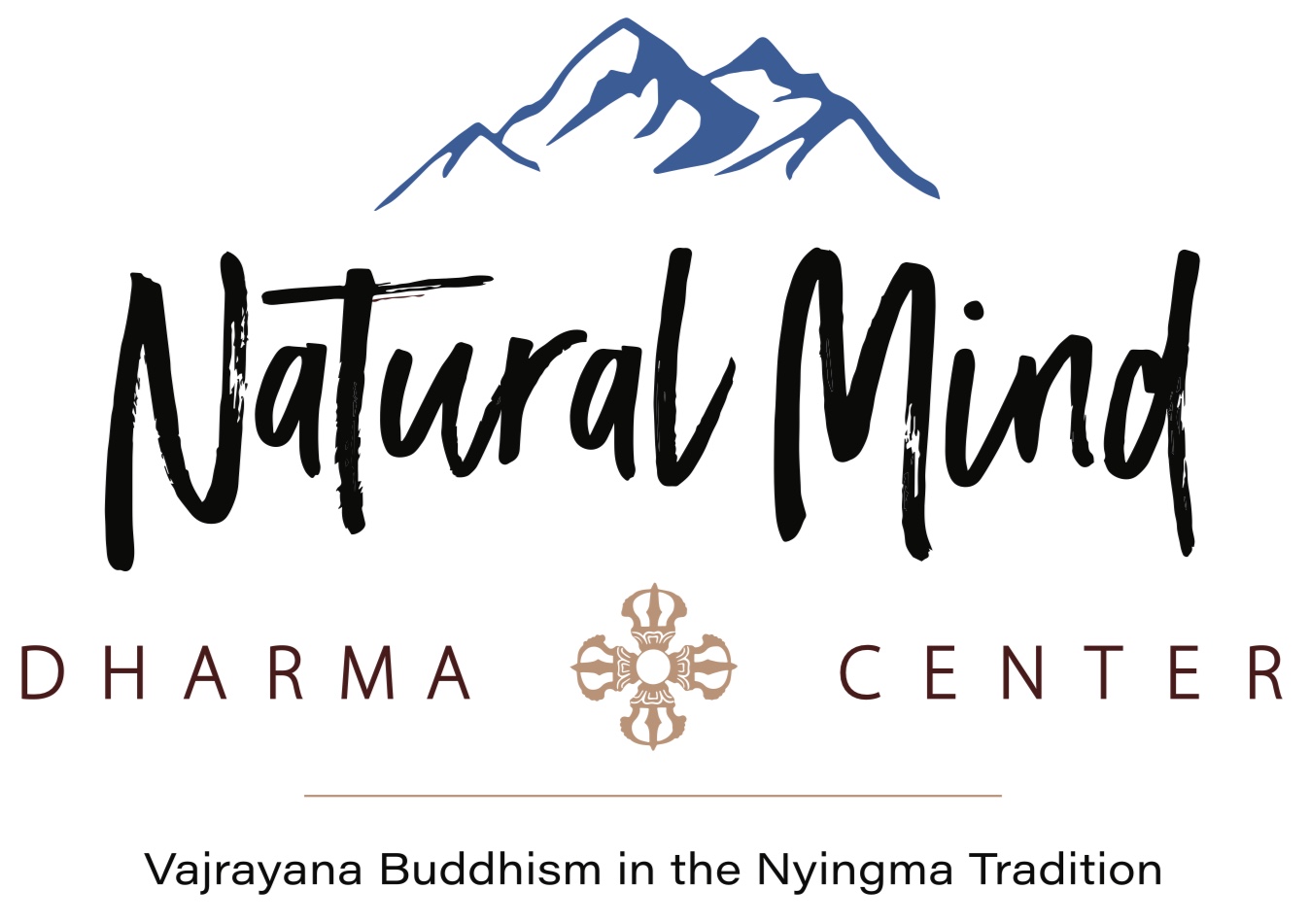Hidden Life
We live in a world where the most important things are hidden to our senses unless we have the inclination to refine our sensitivity. For instance, I walked desert landscapes for years before understanding the soil beneath my feet. What appears as vast expanses of lifeless sand and dirt is actually teeming with life. Just as humans have an internal biome of gut bacteria, the desert has a similar environment called cryptobiotic soil. Crypto means ‘hidden’ and biotic refers to ‘life’ or something being ‘fit for life’ (Greek: biotikos).
This soil crust includes lichen, mosses, green algae, microfungi, and bacteria, but is dominated by cyanobacteria, a blue-green algae that is known as one of the earliest forms of life on earth. The ground appears as a lumpy ragged mat with dark ridges and little ‘micro valleys’. This unique structure allows the soil to act like a sponge to soak up sparse water while stabilizing the surface so it resists erosion. The activity of this living community also helps to feed the roots of larger plants. It is important not to disturb this fragile biome when hiking into areas where this type of soil predominates.
When I recognize the signs of a cryptobiotic environment I begin ‘stone hopping,’ making sure my boots do not trample the fragile ecosystem. I am also concerned about the life inhabiting the stones, but I have to make a choice. Although there is evidence that cryptosoils need to be churned up occasionally, that is taken care of by the deer and pronghorn whose hoofs make a random and minimal impact. My clodhoppers leave a much wider imprint so I must continue to practice mindfulness of the hidden life under foot.
Just as we are becoming more mindful of earth’s hidden life, we are getting the same message at a ‘gut’ level. It is interesting that we are only recently discovering the intestinal biome and how important it is in maintaining our biological health. Poor diets and the need for a sterile environment have wreaked havoc in our guts. Neurobiologists are even finding a connection between good intestinal flora and mental health.
If we need to gain greater sensitivity and compassion for what is hidden in nature and our own biology, imagine what is required to rediscover what is hidden within our basic mental perception. What ancient inner life have we forgotten? We actually have a kind of spiritual biome—something hidden to our mundane awareness. When we meditate, we can experience this vast inner community that is mirrored in the outer things like cryptobiotic spoils.
We are inseparable from the wildness surrounding us. The form of our perceived world reflects the inner environment. When the Heart Sutra states, “form is emptiness, emptiness is form”, it is referring to the paradox of inner and outer being essentially the same. When I hike mindfully through untrammeled wilderness, I experience this paradox. I seem to dissolve into what I see, touch, hear, etc. And I carry this awareness wherever I go although I am not always present to it. Through meditation practice, we have an opportunity to experience our inner biome, the soil from which pure awareness grows. We can cease mindlessly tromping around in consciousness and become aware of the vast uncharted life hidden there.
